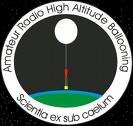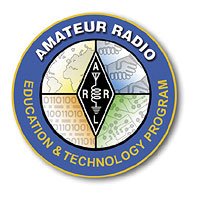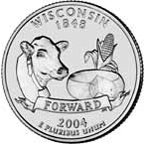
For the past several months I have been trying to compile a list of programs that allow us lowly non-astronauts to simulate the complexities of running a space program from an operational standpoint. Once upon a time there was a program called "
Microsoft Space Simulator" long out of print but "
available" (you know what I mean) in some corners of the Internet. Some of the software I have sampled includes
Eagle Lander 3D (Lunar Module Simulator), where I have managed to add additional topography to the moon surface in the form of new shiny craters,
Orbiter (a free Space Shuttle Simulation and
other simulations also per Wikipedia) and the one I have actually purchased, the vintage 60's titled
A-OK! The Wings of Mercury. The last one allows for networked play via the
"A-OK! Mission Control Center This is a separate application that networks to the main simulation providing a full simulation of the Mercury Mission Control Center as well as the spacecraft. With this application, teachers can utilize one to ten additional computers to directly engage many students in the simulation. Space flight enthusiasts can network with other enthusiasts to run large-scale simulations over the web." (
Reference)
For a real exhaustive list of Space Simulators go to this
page at
HobbySpace.com




